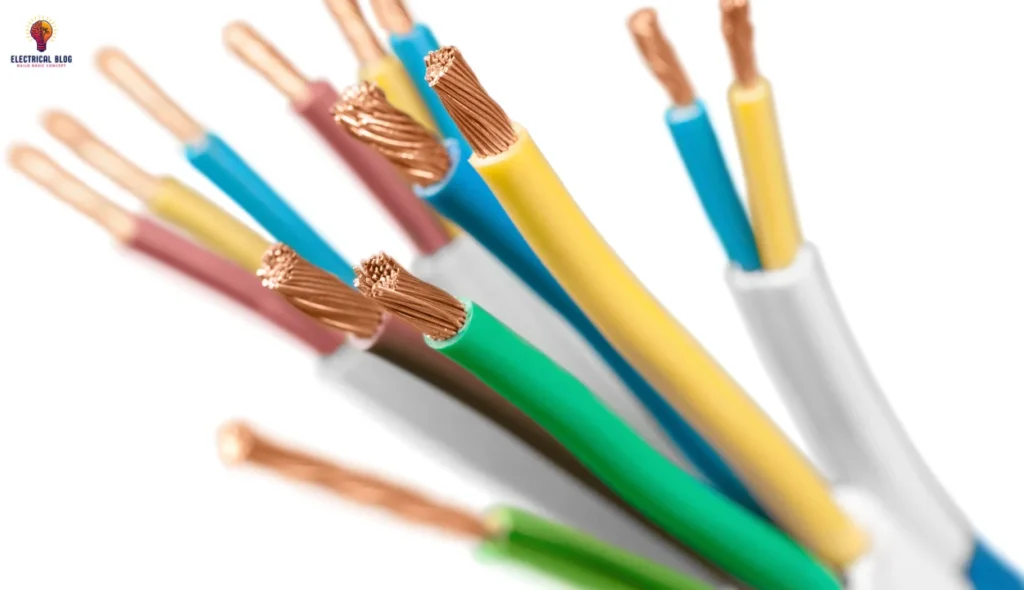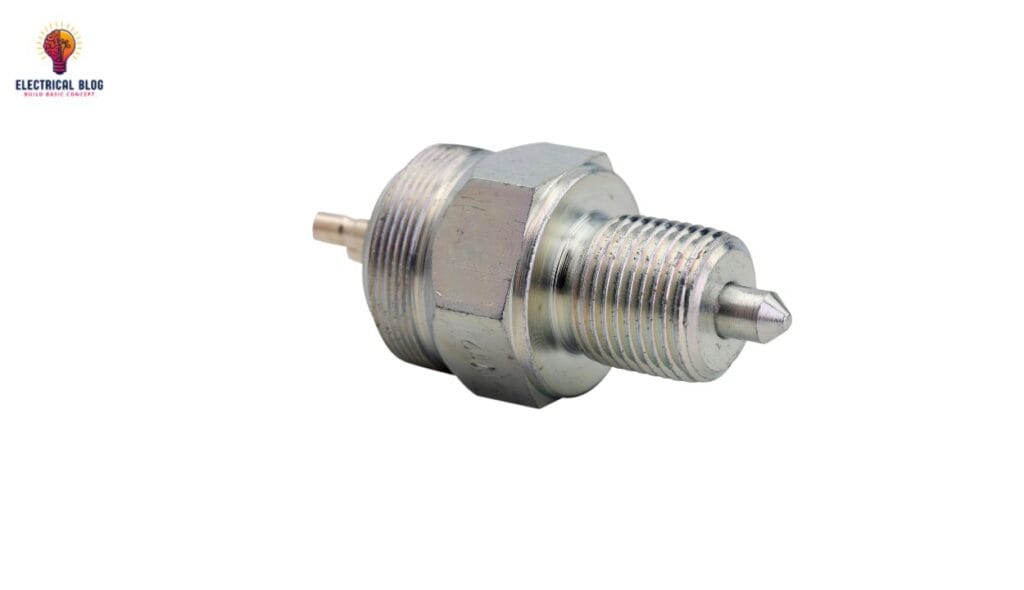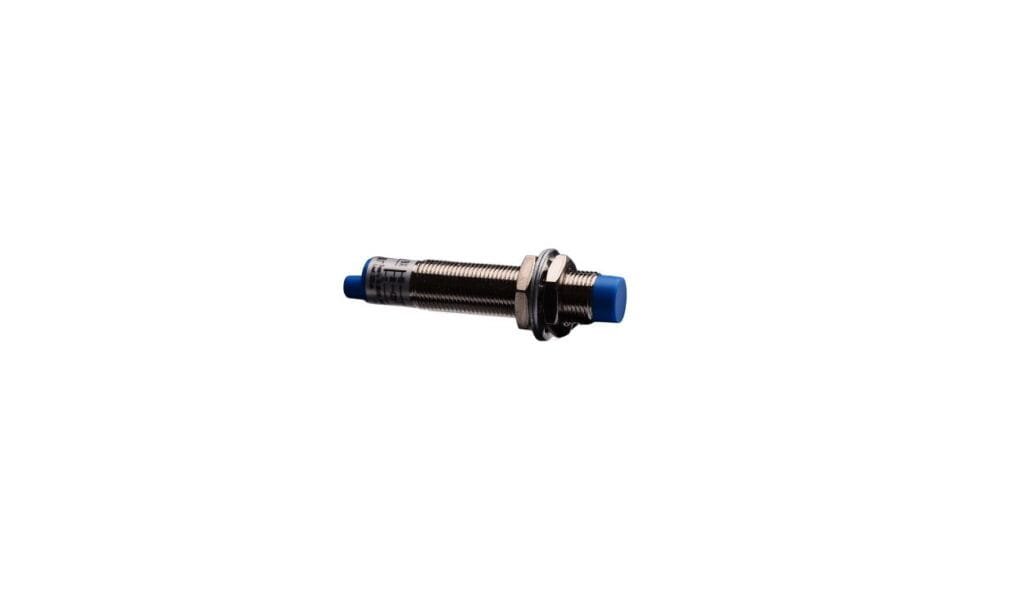Introduction
In modern power systems, underground cables play a vital role in ensuring safe and reliable power distribution. The method of installation and laying is just as important as the type of cable used. Based on specific construction, operating needs, and site conditions, different approaches are chosen. These methods not only affect performance but also impact maintenance, cost, and long-term efficiency. In this we will cover types of underground cables.
Classification of Underground Cables
When classifying underground cables, several key criteria are considered to ensure their proper use and efficiency.
The number of conductors affects power distribution.
Voltage rating defines power capacity.
Construction of cables influences longevity.
The type and thickness of insulation used ensure safety.
Proper installation and laying are essential for reliability.
Classification Based on the Number of Conductors in the Cable
In underground cable systems, the choice between a single-core cable and a three-core cable depends on the power needs and voltage level. For three-phase power, a three-core cable is preferred up to 66 kV, as cored constructions beyond this become bulky and too much insulation is required. At higher voltages, single-core cables are typically employed to deliver stable power, even with some limitations. I have personally seen how these cables are constructed, and, of course, they are designed to suit the number of cores and kV range effectively. You can also read grounding conductor.
Classification Based on Voltage Rating of the Cable
Low-tension cables
In real fieldwork, I’ve often seen how low-tension cables are used where voltage levels are under 1,000 V or 1 kV. These cables are ideal for domestic applications due to their limited capacity and easy handling.
High-tension cables
For moderate voltage handling, high-tension cables are preferred, usually rated up to 11 kV. Their maximum voltage capacity suits industrial zones where a stable supply is required.
Super tension cables
Next come the super tension cables, which handle up to 33 kV. These tension cables are built for heavy applications where super durability and higher voltage requirements are needed.
Extra-high-tension cables
We also use extra high-tension cables rated at 66 kV, which I’ve seen mostly in transmission networks. Their handling capacity is tough but crucial when voltage needs go above average standards.
Extra-supervoltage cables
Finally, for large-scale setups, extra super voltage cables are used for voltage requirements above 132 kV. These extra super systems have the highest capacity and are structured for intense applications where standard cables won’t suffice.
Classification Based on the Construction of the Cable
Belted cable
In belted cable design, conductors (usually three) are bunched together and wrapped with insulating paper and a belt of impregnated paper. The gaps around the conductors are filled with fibrous dielectric material like jute or hessian to improve flexibility and maintain a circular shape. A jute layer is added, followed by a metallic sheath and armoring for protection. This kind of construction helps manage space but sometimes results in a non-circular shape. As we’ve discussed earlier, these cables are commonly used at low voltage levels.
Over time, issues arise due to tangential electric fields, causing the insulation to become stressed and reducing dielectric strength. That’s why this construction is not preferred for voltage levels beyond 11 kV. The strength of the dielectric drops, especially when exposed for a long time. While belted cables offer simplicity and cost-effectiveness, they have performance limitations. Still, I’ve worked with them in older networks where durability and basic protection were sufficient.

Screened cable
In screened underground cables, different types like H-Type Cables, S.L. Type Cables, and H.S.L. Type Cables are used based on their construction and performance. The H-Type Cables, designed by M. Hochstadter, use three cores that are insulated with paper and wrapped in metallic screens and a metallic cover, which are perforated to allow contact between them. These are then grouped with a metallic tape, mostly copper, and enclosed in a lead sheath, which is grounded. The advantage is that electric stresses are radial, not tangential, making the stress of lesser magnitudes and allowing better heat dissipation.
The S.L. Type Cables are similar, but each core has its own lead sheath, and the overall sheath is eliminated. This provision helps reduce core-to-core breakdown and enhances flexibility.
In H.S.L. Type Cables, a combination of H type and S.L. type is used, where each core has separate lead sheaths with impregnated paper for extra protection. This setup helps keep moisture away and increases dielectric strength, although construction defects can still be a concern. These cables are useful up to certain voltages, but individual sheaths may be thinner, which affects durability. The overall construction improves performance but must be carefully managed. I’ve seen cases where improper grounding or moisture caused unexpected failures in screened underground cables.
Pressure cables
In high-voltage applications, pressure cables are often used when solid cables become unreliable, especially at voltages beyond 66 kV. This happens due to electrostatic stresses and voids being created, which exceed the acceptable values. I’ve seen many projects where pressure cables are typically chosen over solid ones for long-term safety.
Oil-filled cables
Oil-filled cables use oil that is circulated under suitable pressure through ducts, and the oil supply is maintained via reservoirs at certain distances. The oil used is the same as that employed in the impregnation of paper insulators. This type of construction is effective when designed carefully for the intended purpose.
Gas-filled cables
In gas-filled cables, pressurized gas like dry nitrogen flows around the cables inside an airtight steel pipe. These systems can operate at higher values of voltage and carry more load current, but the overall cost can be high. Still, for large-scale work, I’ve seen them perform better than standard setups.
Classification Based on the Insulation of the Cable
In cable construction, different insulating materials are selected based on operating temperature limitations. The classification depends on the type of insulation material and its maximum operating temperatures. Materials like PVC, rubber, paper, and XLPE (cross-linked polyethylene) are commonly used in the industry.
| Insulation Material | Maximum Operating Temperature |
|---|---|
| PVC TYPE A | 75°C |
| PVC TYPE B | 85°C |
| PVC TYPE C | 85°C |
| XLPE (Cross linked Polyethene) | 90°C |
| RUBBER | 90°C |
| EPR IE-2 / IE-3 / IE-4 | 150°C |
| SILICON IE-5 | 150°C |
Classification Based on Installation and Laying of the Cable
Direct Buried
One common method is Direct Buried, where conductors are simply buried in a trench underground without any additional accessories. Sometimes, cooling pipes are added if required to manage heat. Once cables are installed, nothing is visible above the ground, making it a simple and cost-effective solution. I’ve used this method often for low-traffic areas due to its straightforward construction.
Trough
Another method is the Trough system, where concrete troughs are dug, and cables are placed in them. These are visible on the surface, making maintenance much easier. I’ve noticed it’s helpful in areas where quick repair access is needed. It’s also suitable for medium-range distribution systems.
Tunnels
In larger infrastructure, tunnels are dug for a different purpose, especially when a river needs to be crossed or when supplying power to a major city. Though the initial cost is higher, it allows for smooth future expansion. I’ve worked on tunnel projects where uninterrupted power delivery was the key concern.
Gas Insulated Lines
The latest approach is Gas Insulated Line Construction, a new technology that handles higher voltages, currents, and high-power systems. It is now widely employed in advanced projects because it is safer and more reliable. These systems are ideal for high-performance operating conditions where safety and efficiency matter most.
Conclusion
Selecting the right method for the installation and laying of underground cables is crucial for ensuring long-term system reliability and safety. Whether it’s Direct Buried, Troughs, Tunnels, or Gas Insulated Line Construction, each has its own strengths based on purpose, cost, and power requirements. In my experience, knowing the site conditions and future maintenance needs helps you choose the best option for any distribution project.




